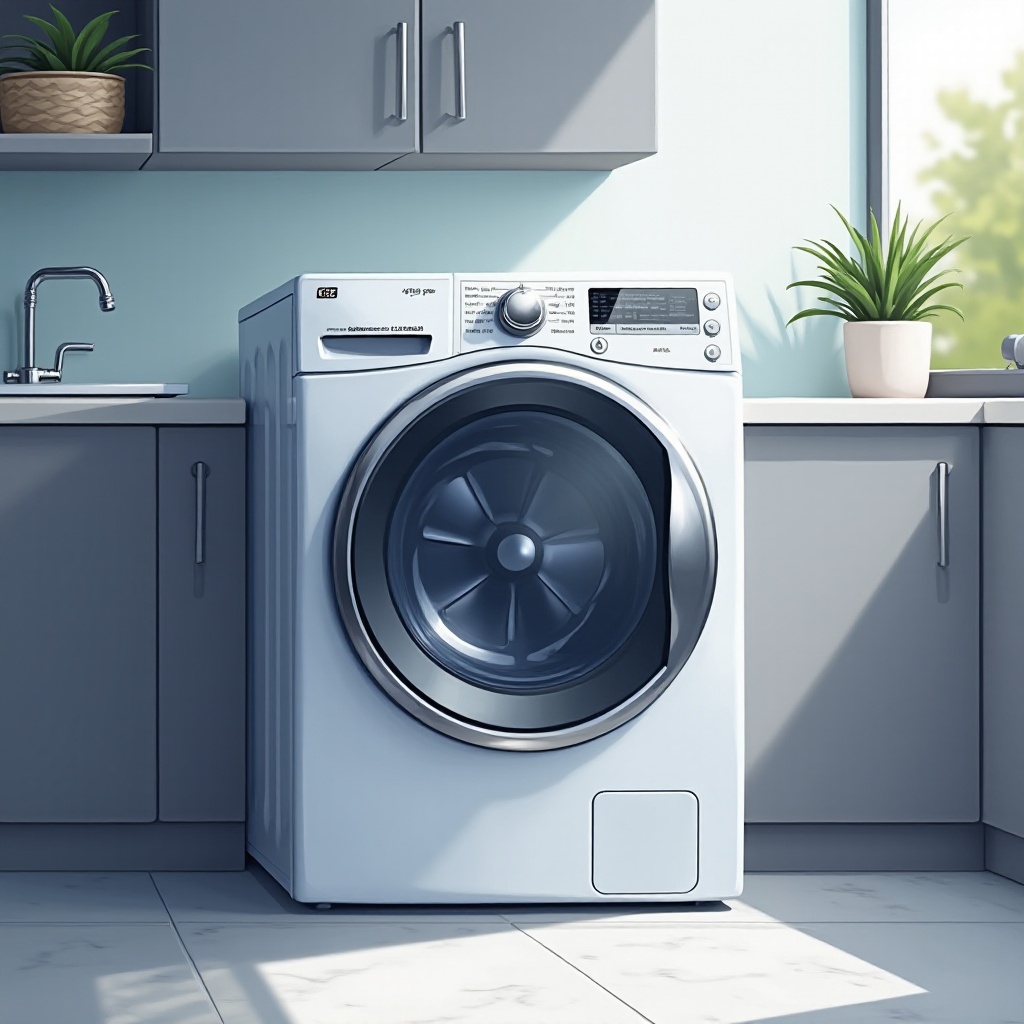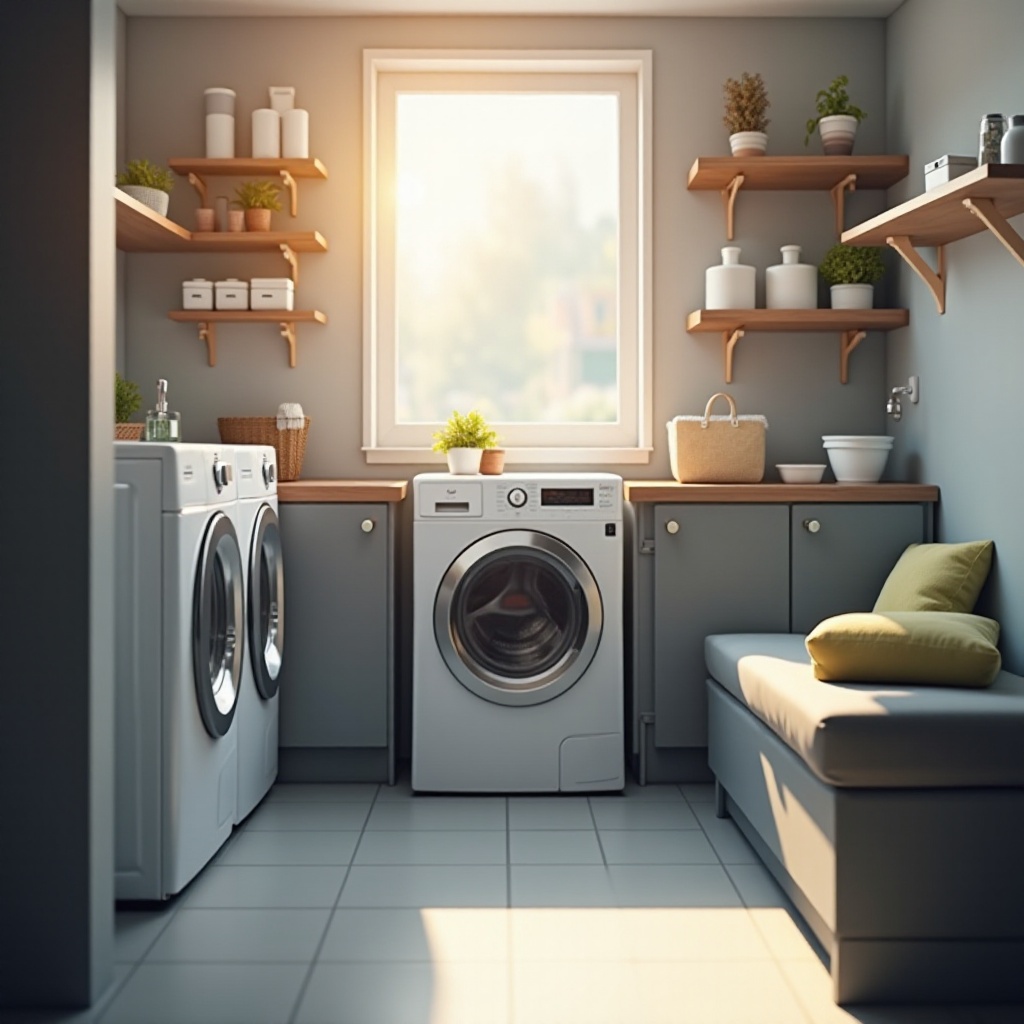Introduction
A washer that stops functioning can disrupt your entire day. Faults can range from simple power issues to complex mechanical failures. This article provides a comprehensive troubleshooting guide to help you resolve common problems and restore your washer to working order.

Initial Checks Before Troubleshooting
Before delving into complex diagnostics, begin by checking these basic components and settings:
- Verify Power Supply and Connections
- Ensure your washer is securely plugged in.
- Inspect the power cord for signs of damage.
Test the outlet using another device to confirm its functionality.
Check the Door/Lid Latch and Sensor
- Confirm the door or lid is completely closed. Listen for the click that assures the latch is engaged.
- For front-load washers, inspect the door seal for cleanliness, which can affect the latch sensor's performance.
These straightforward checks may promptly resolve the issue without the need for technical expertise. If the problem persists, proceed to more detailed troubleshooting steps.
Identifying Common Washer Issues
Once basic issues are ruled out, let's explore potential common problems:
- Power and Electrical Problems
- Fuse or Circuit Breaker: Check your home's fuse or circuit breaker for any issues. Frequent trips might suggest an overload or short circuit.
Wiring Problems: Look for damaged or loose wires within the washer. Consulting the owner's manual can provide guidance if you're uncertain.
Water Supply Issues
- Ensure both hot and cold water faucets are fully open.
- Inspect hoses for kinks and blockages.
Clean inlet filters to ensure proper water flow.
Drainage and Clogging Concerns
- Inspect the drain hose for clogs or bends.
- Clean the washer's filter, as it may be clogged with debris.
- Run a rinse and spin cycle to test drainage.
Tackling these common issues helps narrow down the reason your washer quit working, bringing you one step closer to a solution.

Diagnosing Mechanical and Component Failures
If basic troubleshooting hasn't resolved the issue, more significant component failures may be the culprit:
- Motor and Belt Inspection
- Listen for unusual humming or grinding noises, which could indicate motor problems.
For belt-driven washers, access the back panel to check if the belt is broken or slipped.
Control Board Functionality
- Disconnect the washer from power before inspecting the control board for burn marks or visible damage.
If buttons or cycles are unresponsive, consider replacing the control board.
Drum and Agitator Problems
- Test the drum by spinning it manually; resistance or noise may suggest issues with bearings or the agitator.
- Check for any foreign objects lodged between the drum and washer walls.
These diagnostic steps provide insights into deeper mechanical issues. If any of these tasks feel daunting, it may be time to call a professional.
Solving Minor Issues and Repairs
Once you've diagnosed the problem, consider whether simple repairs are within your capability:
- Adjusting Washer Settings
- Reset your washer by turning it off, unplugging it for a few minutes, then restarting.
Try selecting different cycles to see if this resolves the issue.
Clearing Minor Blockages
- Remove and clean the detergent drawer to avoid clogs.
Run an empty hot water cycle with vinegar to clear soap residue.
Lubricating and Tightening Loose Parts
- Lubricate moving parts as necessary.
- Use a wrench to tighten any loose nuts or bolts found during inspections.
Applying these minor adjustments can breathe new life into your washer without the need for costly replacements or professional repairs.
Maintenance Tips to Prevent Future Problems
To ensure your washer remains in good working order for years to come, consider these maintenance tips:
- Regularly clean the filter and drum.
- Avoid overloading the washer to prevent undue strain on components.
- Use the recommended type and amount of detergent.
Preemptive care and consistent maintenance are crucial to keeping your washing machine operating efficiently.

Conclusion
Troubleshooting a washer that has stopped working requires a systematic approach and attention to detail. From basic checks to diagnosing mechanical failures, this guide equips you with the necessary tools and knowledge to address multiple issues. Always remember that professional assistance is the best course of action if a repair feels too complex or risky.
Frequently Asked Questions
Why is my washer not spinning or draining?
It could be due to a clogged drain hose, a fault in the drain pump, or an unbalanced load. Check these areas to identify the problem.
How do I reset my washing machine?
Typically, unplugging the machine for a few minutes and then plugging it back in can reset many washers. Check your model's manual for specific instructions.
When should I call a professional technician?
If after troubleshooting the issue persists or involves critical components like the motor or control board, it's advisable to seek professional assistance.
